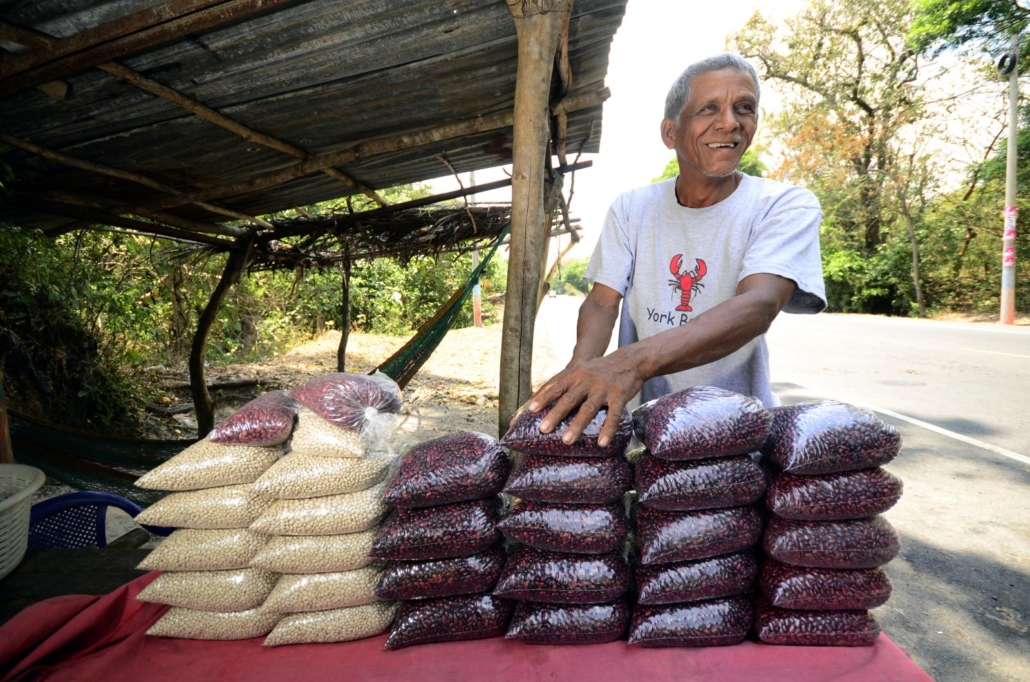Battling Diseases in El Salvador

El Salvador is a country in the west of Central America. The country is the smallest and most densely populated of the seven Central American countries. Countries with dense populations tend to have more problems with disease. The dense population, among other factors, has led to the rise of diseases in El Salvador.
The Impact of Mosquitoes
Mosquitoes tend to spread diseases in El Salvador, similar to many Central and South American countries. This is partly due to the hot climate. The CDC has warned against several diseases that mosquitos pass when traveling to El Salvador. One of these diseases is Zika. For most, Zika is a minor inconvenience. Some of the symptoms include fever, rash, headache, joint pain, red eyes and muscle pain. Although uncommon, it is possible for zika to cause Guillain-Barre syndrome, which causes one’s immune system to attack their nerve cells. The people most at risk with Zika are pregnant women. Zika can cause serious birth defects in the child and other pregnancy problems.
Although mosquitoes are dangerous, they are not the only insects that can cause problems. Leishmaniasis is spread from the bite of a sand fly. Sand flies are present in many areas, including Central America. There are three forms of the disease. The first is cutaneous, which causes skin sores, the second is mucosal, which causes sores in the nose, mouth and throat and visceral, which impacts internal organs. The first two forms can lead to lifelong disability if left untreated. Meanwhile, the last one has a 90% mortality rate without treatment, making it one of the most dangerous diseases in El Salvador.
Leptospirosis
Bug bites and other diseased animals are a very common vector for disease, but far from the only ones. Leptospirosis is spread through urine, body fluids and contaminated water. Leptospirosis is not as common in Latin America as the other diseases, but El Salvador still has 4.65 cases per 100,000 people. Some symptoms include high temperature, headache, body aches and pains, stomach ache, diarrhea and yellowing of the skin. The survival rate depends on the severity of the disease, but in severe cases, the mortality rate is around 40%. Unfortunately, El Salvador has some of the most polluted water in Latin America. Some causes for the issue are considered poor waste management and overexploitation from companies. One can attribute both of these to the country’s poverty. The poverty rate in El Salvador is higher than the Latin American and Caribbean average.
Tuberculosis
Although one can take precautions to avoid bugs and contaminated water, prevention is more difficult when a disease is airborne. One example is tuberculosis. The disease is not as common in El Salvador as it is in other countries, as there are 49 cases per 100,000 people. However, it is still on the watchlist for traveling to El Salvador. Some symptoms of tuberculosis are an extended cough, chest pain, coughing up blood, weakness or fatigue, weight loss, loss of appetite, chills, fever and sweating at night. Tuberculosis can be fatal without treatment.
Bill S.288
Bill S.288 aims to refocus U.S. actions on prevention, address virulent drug-resistant TB strains and provide support for the best practices and technologies in TB diagnosis and treatment. The bill establishes new goals for U.S. efforts and employs prevention and treatment suggestions based on the latest scientific data while also increasing accountability and transparency. The last action on the bill was that it was referred to the Committee on Foreign Affairs.
Although fighting these diseases can be hard for governments it is not impossible. In 2021, the World Health Organization (WHO) certified El Salvador as malaria-free. This was the final result of a 50 year commitment by the government to fight Malaria, making them the first country in Central America to be malaria-free. This was accomplished through vector control, early detection, rapid treatment, community engagement and education, international funding and overall government commitment to the cause.
The World Mosquito Program
Some organizations like the World Mosquito program are helping to fight diseases spread by mosquitos all over the world. In 2022, El Salvador’s Ministry of Public Health announced they would collaborate with the World Mosquito program for the Wolbachia project. The Wolbachia project is releasing non biting male mosquitos into areas with high disease rates. These mosquitoes hold a bacteria which prevents eggs they produce with females from hatching.
Looking Ahead
In conclusion, the dense population and tropical climate of El Salvador create a challenging environment for controlling the spread of various diseases. Mosquito-borne illnesses like Zika and Leishmaniasis, as well as rodent-transmitted diseases such as hantavirus, pose significant health risks. Additionally, diseases like leptospirosis and tuberculosis highlight the complexity of the health landscape. Despite these challenges, El Salvador’s achievement of being declared malaria-free by the WHO demonstrates that with sustained effort and effective public health strategies, progress is possible. Continued support from global organizations and comprehensive health initiatives are essential to further reduce the burden of infectious diseases and improve public health in El Salvador.
– Matthew Mendives
Matthew is based in Colonia, NJ and focuses on Global Health and Celebs for The Borgen Project.
Photo: Flickr
